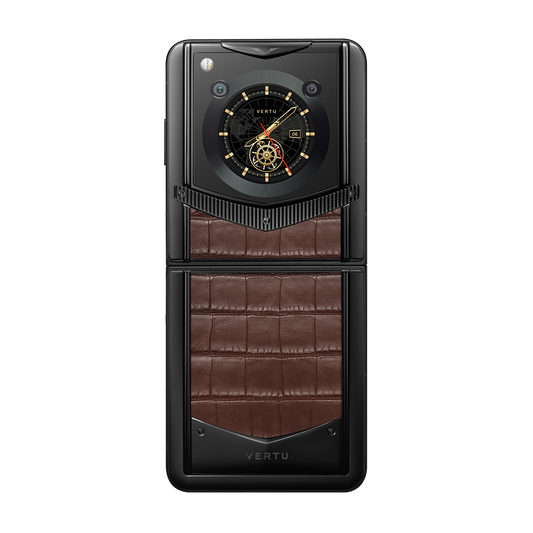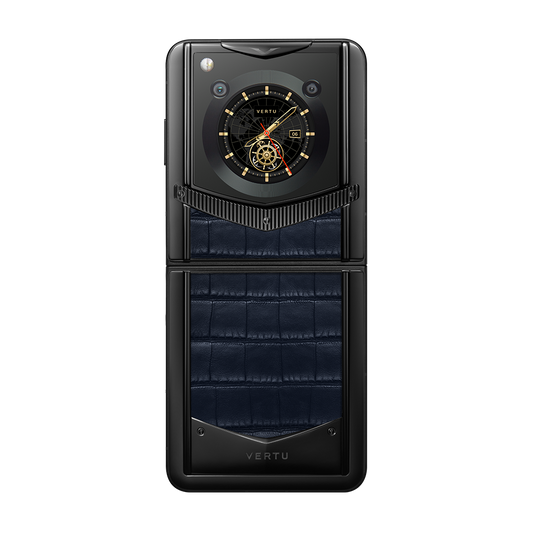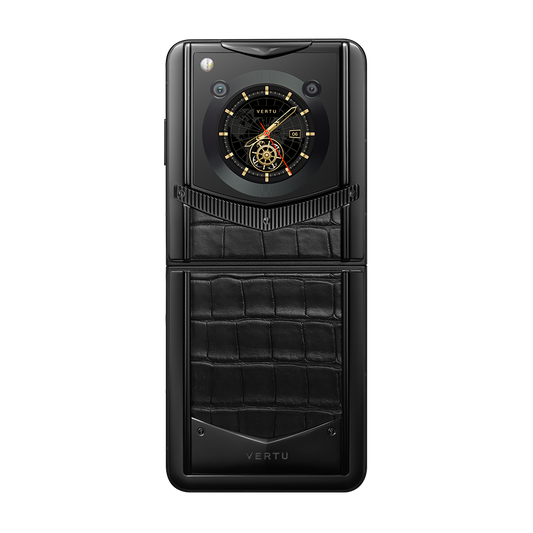When the Future of Foldable iPhone Will be Availabe

A much talked about topic is when Apple will release a foldable screen phone.
As the tech giant that ushered in the smartphone era, Apple hasn't made any significant moves in the foldable phone space, so much so that some people think Apple isn't interested in foldable phones. At the same time, Apple's absence has led some to question whether foldable screen phones can really be the future.
In fact, Apple is not completely indifferent to folding screens: back in 2016, the US Patent Office unsealed a patent showing that Apple was investigating the design of a foldable iPhone using a flexible OLED display. And the last two years have seen revelations about foldable iPhones. The digital site Tom's Guide summarised the rumours about the iPhone Flip smartphone. As the name suggests, it's a foldable phone.
An analyst has predicted that Apple's foldable phone may launch in 2026, while another industry chain analyst has suggested that a foldable iPhone may not be released until 2027. The first foldable iPhone is expected to feature an 8-inch display, which is almost as large as the 8.3-inch iPad mini. Additionally, Apple is reportedly testing a 9-inch foldable display, which would be larger than other foldable phones currently available.
Additional specific details have emerged. The speaker mentioned that Apple is exploring the use of a colour e-ink display for the external display of the foldable device. Although less responsive than LCD or OLED screens, such displays would help reduce battery consumption.
An intriguing detail comes from an Apple patent that surfaced in March, which suggests that the foldable iPhone will have a self-protection feature. If the phone is dropped, its hinges will begin to close midway through the fall, preventing the screen from hitting the ground and getting damaged. This feature highlights the vulnerability of foldable phones, which are more prone to damage. Once the screen is damaged, a replacement often costs $4,000 or more, which is enough to buy a decent non-foldable phone.
In short, a foldable iPhone may still be expected, but it requires patience. Foldable phones may not have the same impact as the first iPhone, but they do represent a glimpse into the future.
On January 9, 2007, Steve Jobs, wearing a black crew-neck cardigan and blue jeans, took to the stage at the MacWorld conference. He announced that he had been anticipating this day for two and a half years.
Following this, the first-generation iPhone was revealed, marking the beginning of the smartphone and mobile internet era. The mobile phone is no longer solely a device for calling and texting, but also an extension of the human body. Smart phones have become an integral part of people's lives, serving as a means of communication, entertainment, and work. However, in recent years, there has been a lack of innovation and surprises in the cell phone industry, resulting in decreased motivation for people to upgrade their devices. In 2022, even major manufacturers like Apple sold fewer phones than the previous year.
It is a challenging time for everyone. In this situation, foldable phones are not only a way for Android manufacturers to make an impact in the high-end market, but they have also become a trend for the entire mobile phone industry. This is good news for consumers. The mobile phone industry is bound to become more compact, and foldable phones are no exception. Hopefully, they will become lighter, more powerful, and more affordable too.



















